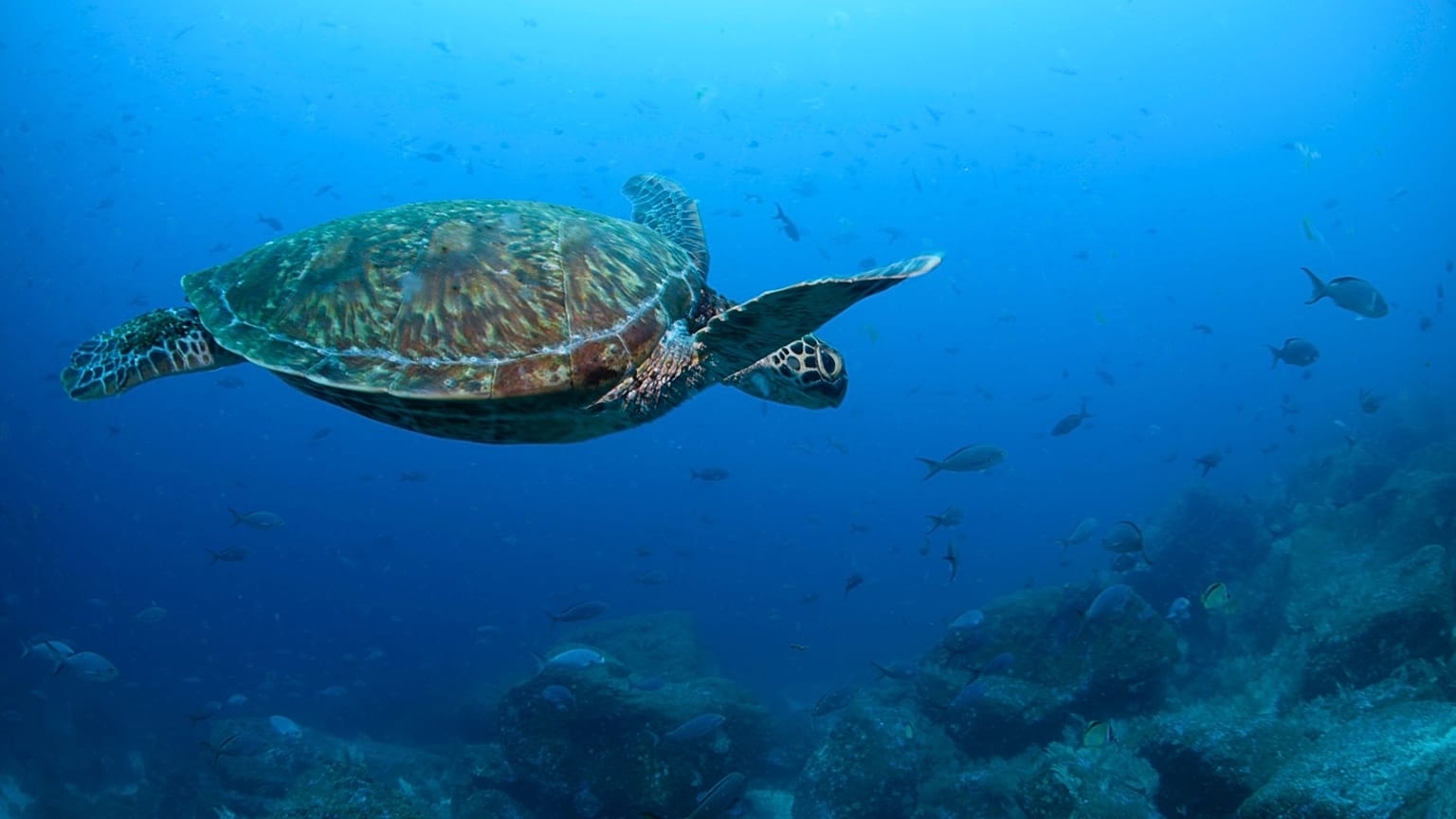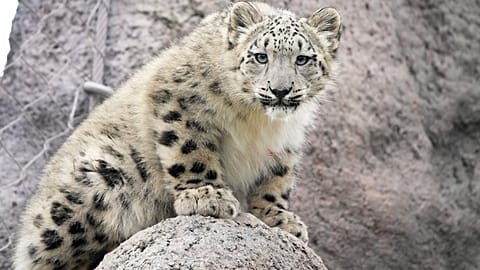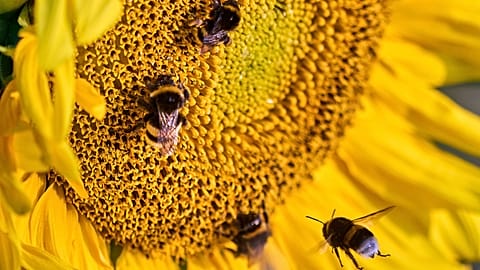The number of once-endangered green sea turtles has increased by 28 per cent since the 1970s, despite ‘persistent threats’ to their population.
 ADVERTISEMENT
ADVERTISEMENT
Green sea turtles have officially been reclassified from “endangered” to “least concern” thanks to decades of marine conservation.
Found in tropical and subtropical waters around the world, the global population of green sea turtles plummeted to concerning levels in the 1980s due to years of extensive human hunting.
The species were frequently killed to make soup and other culinary delicacies, while their eggs were commonly used for decoration in many cultures.
However, after spending more than 40 years on the International Union for Conservation of Nature’s (IUCN) red list for endangered species, green sea turtles have made a dramatic comeback.
Green turtle population ‘rebounds’
Last week, at the IUCN World Conservation Congress in Abu Dhabi, it was announced that the global population of green sea turtles has increased by approximately 28 per cent since the 1970s.
This means they have gone from being classified as “endangered” to “least concern”, completely skipping the “vulnerable” and “near threatened” categories.
The rebound has been attributed to conservation efforts focused on protecting nesting females and their eggs on beaches, reducing unsustainable harvest of turtles and their eggs for human consumption, and tackling accidental capture of turtles in fishing gear.
Despite escaping imminent risk of extinction, green turtles remain “significantly depleted” compared to pre-European colonisation levels.
‘Conservation efforts must continue’
“This is a major win for turtle conservation and proof that coordinated action can reverse populations at risk of extinction,” says Christine Madden, WWF’s global marine turtle conservation lead.
Madden warns that while the “major milestone” is positive, now is not a time to be “complacent”.
“Conservation efforts must continue for green turtle populations to thrive and recover in areas where they remain threatened by fishing gear entanglement, overfishing and loss of habitats,” she adds.
Roderic Mast of IUCN echoed the sentiment, arguing: “Sea turtles cannot survive without healthy oceans and coasts, and humans can’t either.
“Sustained conservation efforts are key to assuring that this recovery lasts.”
Climate change ‘pushing’ Arctic seals to extinction
While green sea turtles have been lifted from the red list, experts warn that many other animals remain under threat.
The hooded seal has declined from “vulnerable” to “endangered”, while the bearded seal and harp seal have moved from “least concern” to “near threatened”.
Sea ice loss driven by global warming was cited as the “primary threat” to these Arctic seals, making it harder for them to breed, rest, and feed.
Human activity such as hunting, overfishing and oil exploitation, is also adding pressure on the species.
“Climate change is not a distant problem – it has been unfolding for decades and is having impacts here and now,” says Dr Kit Kovacs of IUCN.
“Protecting Arctic seals goes beyond these species; it is about safeguarding the Arctic’s delicate balance, which is essential for us all.”

















